The new Hyundai iMT in the Venue brings a shifter but no clutch pedal. How does the two-pedal system work? We explain the finer details.
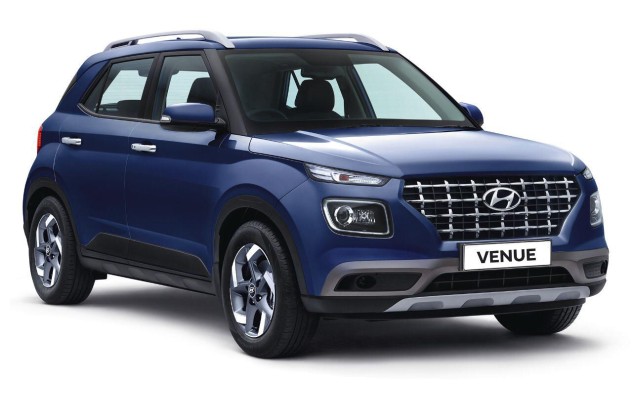
The Hyundai iMT or intelligent manual transmission may be spoken of as a sort of revolutionary approach to a car’s transmission in series production. Yes, after-market systems have been around for some time and even tech majors such as Bosch showcased theirs a few years ago. However, seeing this sort of system in production is a different kind of feeling and means a lot has happened in its evolution, especially since it’s not in the Palisade or Santa Fe, but in the rather affordable Venue compact crossover.
The new Hyundai iMT combines some of the benefits of an automatic with the engagement of a manual. While there is no clutch pedal, an electronically-controlled system manages the engaging and disengaging of the clutch system – yes, it’s certainly not clutch-less, the crank doesn’t drive the wheels directly! – from the drive shaft. This reduces left-leg effort while providing the control over ratios via the H-gate manual shift lever. This will allows the driver to hold the gear and, perhaps, even red-line the engine if they’d like – and significantly reduce its life while hammering fuel consumption if they’re not careful. That said, it’s a new take and, dare we say, one we felt coming. Kudos for Hyundai for making it happen.
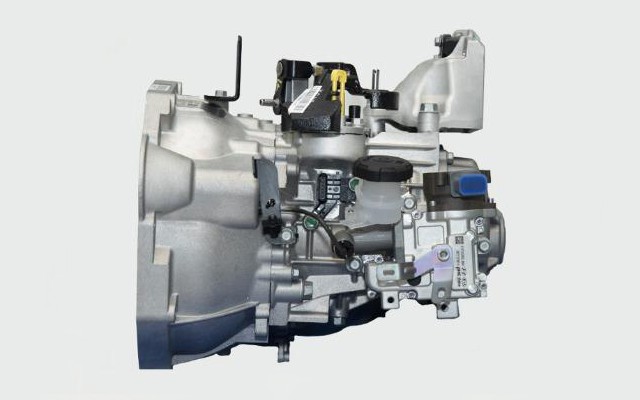
How the Hyundai iMT Works
The new Venue with the Hyundai iMT will go on sale shortly and will introduce this most interesting feature. The Intelligent Manual Transmission (iMT) allows a car to be driven like a conventional manual without a clutch pedal. That is thanks simply to a new technology. The Hyundai iMT comprises a Transmission Gear Shift (TGS) lever with what the Korean giant calls an “Intention Sensor”, apart from a Transmission Control Unit (TCU) and hydraulic actuator that starts off the mechanism.
The TCU has been endowed with pre-programmed logic that enable it to to effectively ‘know’ when the clutch needs to be engaged and disengaged to make a gear-shift according to the driver’s inputs on the lever. When that happens, it receives a signal from the Intention Sensor as the driver tries to select a gear and initiates a process to communicate with the electronically-controlled hydraulic actuator. The pressure from the actuator is then used by a Concentric Slave Cylinder (CSC) to control the clutch and pressure plates resulting in the engaging or disengaging of the transmission unit from the engine output shaft. The throttle position sensor would also play its part in optimizing the results. It’s basically a classic case of hardware (manual gearbox) meets software (electronic control unit).
The highlight is essentially in actual usage. Hyundai say that the clutch will disengage and re-engage electro-mechanically within a fraction of a second when the driver selects a gear using the manual gear level, rewarding the action with a smooth, and seamless, driving experience. Basically, the primary difference between the Hyundai iMT and the AMT, is that while they both don’t have a third pedal to operate the clutch, the iMT has a gear-shift lever and requires manual shifting to select gears, whereas the AMT makes the shifts automatically as well. While we wait to drive the new Hyundai iMT, it may make for some interesting left-foot braking situations, for instance, when forced to stop on a steep incline. It will also add to convenience at traffic lights, as one can be in gear and have a foot on the brake when stationary. It may also be possible to start off in gears other than first, as the clutch will compensate. However, that won’t do well for the life of the clutch plate.
Automatic Transmissions – A Brief Overview
The Hyundai iMT now joins the ranks of a slew of innovative transmission developments. It marks itself closest to the Bosch eClutch – that we’d sampled in 2015 in an Audi A3 1.4 FSI at the Bosch Proving Grounds in Boxberg; click here to read about that experience.
Fluid Drive, offered by Chryler some 80 years ago, also referred to as a fluid flywheel, has a fluid coupling with a manual transmission and clutch as well. At the time, synchromesh gearboxes weren’t used and double de-clutching was the norm. This system required the driver to manually engage the clutch to make a gear-shift using the lever, but prevented the engine from stalling, allowing stopping at a signal without the clutch pedal pressed, and also allowing shifts to be made without getting off the throttle. The clutch was also needed to shift from, at the time, low range to high range, each with two speeds between them.
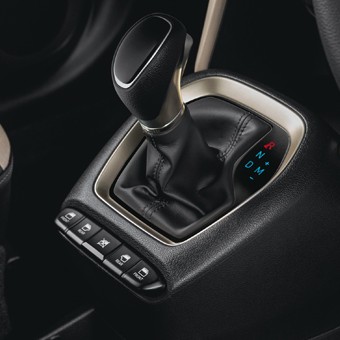
Drive select lever in the Hyundai Santro AMT
The automated manual transmission (AMT) is a similar set-up with a hydraulic actuator and shifter, without the H-gate manual lever. Even the Independent Shifting Rod (ISR) in the Lamborghini Aventador and the Xtrac unit in the Pagani Huayra super sports cars are examples of this sort of automated manual technology.
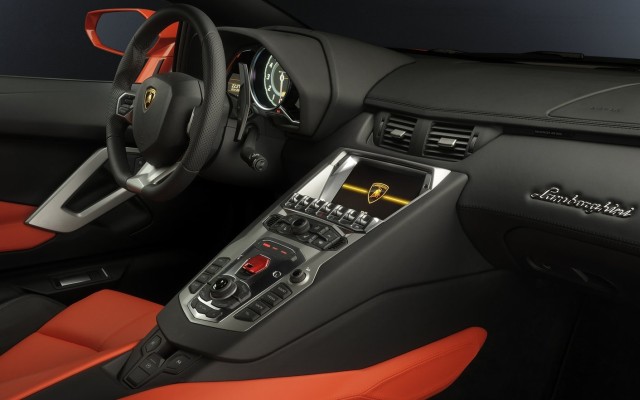
Aventador’s ISR has buttons for modes and paddle-shifters for gears
Furthering that aspect is the dual-clutch setup, seen in pretty much every VW Group car from the earlier Polo GT TSI and the new T-Roc to the Porsche sports cars and even the Bugatti Veyron and Chiron. It uses an adaptation of two manual transmissions with a shaft within a shaft, one each for odd and even gears, electronically controlled to make for quick and seamless shifting.
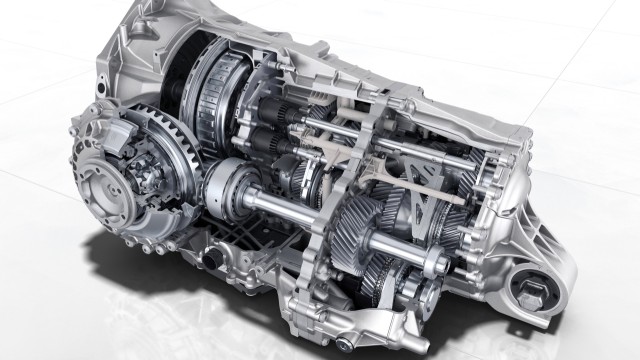
Porsche PDK dual-clutch auto
The CVT, or continuously variable transmission, uses a set of cones with a band connecting them, allowing an extended series of “ratios” between input and output. This means the optimum power band is harnessed and there are no real shifts, just a seamless rise of revs accompanied by a corresponding increase in speed. The bands are made of steel. The working leads to the oft-quoted “rubber-band effect” characteristic of CVTs.
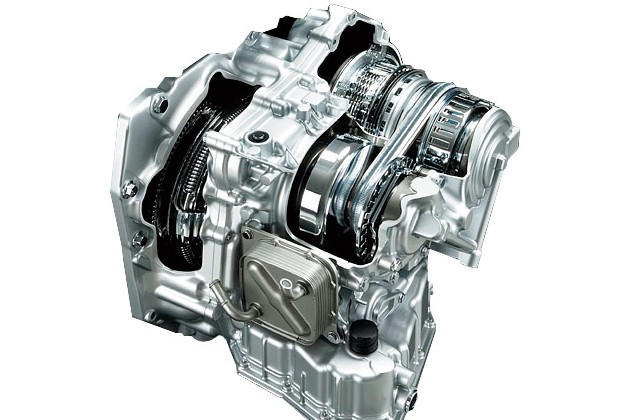
Nissan Xtronic CVT
The conventional automatic, and not the most efficient, is the torque converter. While the principle has been around for about a century, series production on passenger car models first saw the road about two decades later. The transmission unit is a fluid coupling that uses a turbine-line layout connected only by a hydraulic viscous fluid within containment. One is input and the other, output. This the smoothest kind of automatic transmission, although, not the quickest. However, this, mechanically, has a better chance of survival and longevity especially when dealing with intense city traffic and the countless stop-go scenarios it presents.




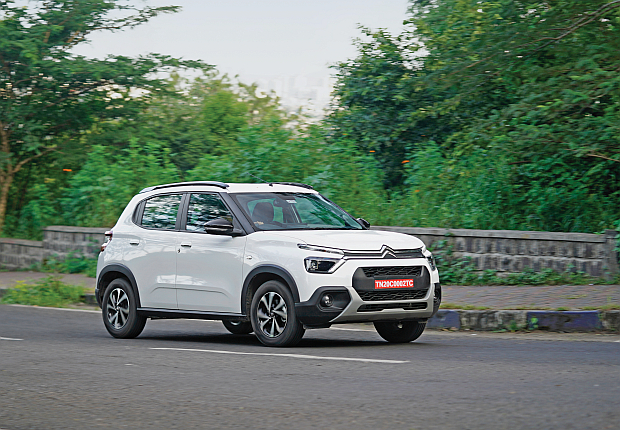


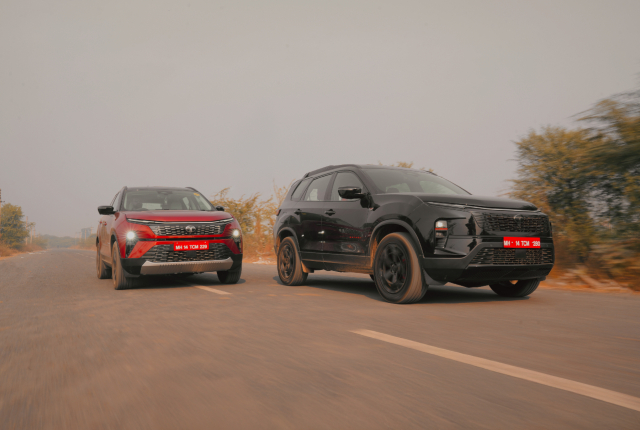











Leave a Reply